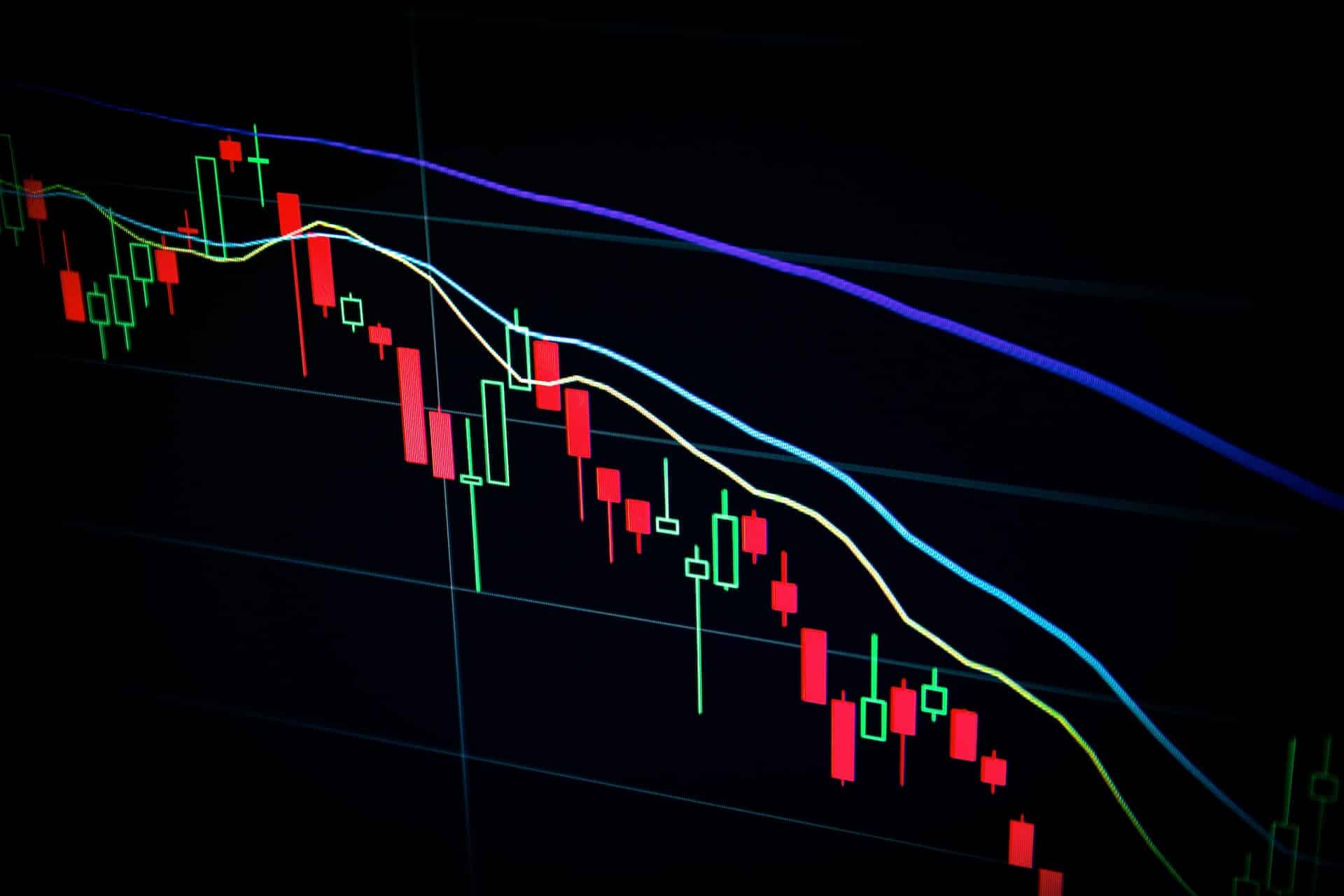With cryptocurrency investors losing as much as $4.6 billion in 2022 to pump-and-dump schemes, it’s crucial to know how they work and how to spot them. Read on to learn about crypto pump-and-dump schemes and how to avoid them.
What Is a Pump-and-Dump in Crypto?
A pump-and-dump in crypto is a scheme where a party or multiple parties hype a crypto asset to drive its price up, then exit their positions, leaving other investors with worthless holdings in their portfolio.
Project creators run most of the pump-and-dump schemes. They understand that their token holds minimal or no utility and is unlikely to increase in value if left to gain momentum organically. The nefarious developers then deploy aggressive marketing campaigns to increase the cryptocurrency’s price. Once the crypto asset hits a high enough price, they sell their holdings and disappear.
Due to the pseudonymous nature of the cryptocurrency industry, identifying the people behind a pump-and-dump scheme is very challenging. Consequently, the same parties can keep running schemes using variations of the same tactics.
How Do Crypto Pump-and-Dumps Work?
Crypto pump-and-dump schemes involve three key steps: listing on an exchange, hyping the project, and exiting the position. Let’s take a closer look at each of them.
- Listing on an exchange: Developers list their projects on a cryptocurrency exchange, making them eligible for trading in the secondary market. Since any token can be listed on decentralized exchanges, they have become the go-to option for pump-and-dump tokens.
- Hyping the project: This is the “pump” part of the scheme. The developers use channels like Discord, Telegram, YouTube, and Twitter to hype the project using crypto influencers, paid ads, and other social media marketing tools. The messaging at this stage typically focuses on potential extraordinary returns to appeal to potential investors’ greed and distract them from taking a closer look.
- Exiting the position: This is the “dump” part of the scheme. Once the project has enough interest, its value skyrockets. At this point, the developers assess whether they can get more from the scam. If they decide it is the optimal value, they dump their holdings, triggering a market response of the price crashing. The developers may also exit if they see signs of the scam being detected.
Due to the lack of a regulatory framework governing the cryptocurrency industry and the pseudonymous nature of crypto, seeking legal redress can prove challenging.
How to Spot a Potential Pump-and-Dump Scheme
Understanding the critical signs of a potential pump-and-dump scheme helps you spot it. Here are three signs you should look out for.
1. Seemingly Scripted/Robotic Conversations
Faking an active community is part of the ruse that generates interest in a pump-and-dump scheme. Scam projects will likely hire people to post in the community and instruct them on what to say. Moderators will be keen to steer conversations away from any topics that put the project’s fundamentals to the test. Be sure to look closely at social media conversations regarding the project and assess whether they sound natural.
2. Uneven Token Distribution
Fraudulent developers will be keen to keep a significant portion of the tokens to themselves to maximize their returns. Even distribution democratizes the market and limits the chances of any whales influencing the price. In projects where the developers are the largest holders, it should be a sign that they can crash the price and leave you holding worthless tokens.
3. No Time Lock
When drafting the smart contracts for the project, the creators may sneak in a loophole allowing them to exit their position while other investors cannot. A time lock demonstrates the project developers’ commitment to hold their position for the specified period. This assures investors that the developers have no intention to rug-pull them.
Pump-and-dump schemes are, unfortunately, a regular occurrence in the crypto markets, especially in small-cap crypto assets launched by anonymous or pseudonymous developers. So make sure you do your own research and look out for signs of a potential pump-and-dump before deploying any capital toward a crypto asset.




